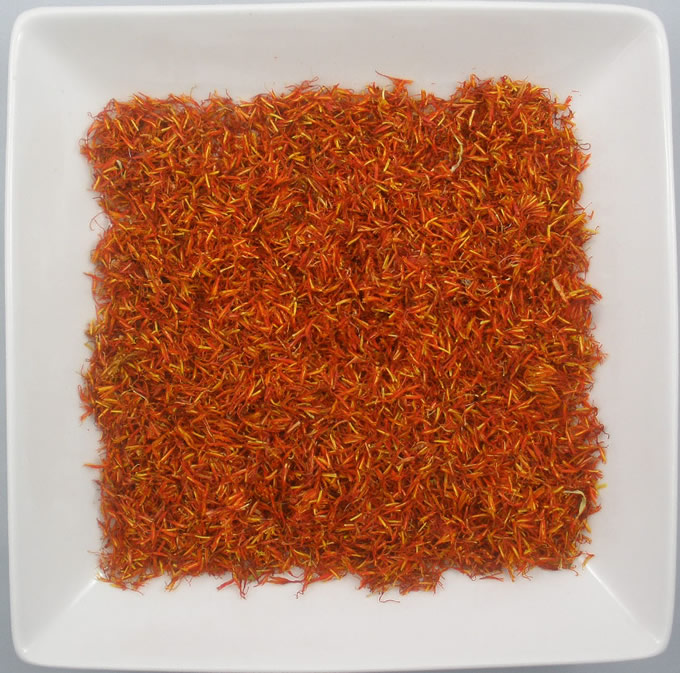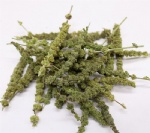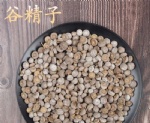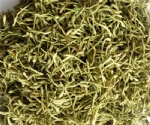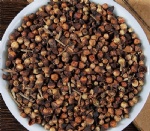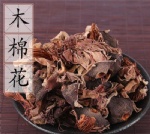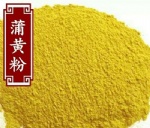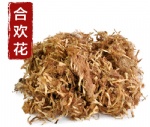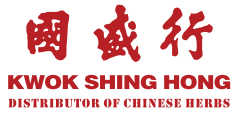
|
KWOK SHING HONG |
|
|||
Products CategoryContact Us
Add: China |
FLOS CARTHAMIProduct name : FLOS CARTHAMI Item : 79351486086 Details :Safflower (Carthamus tinctorius L.) is an annual herbaceous plant belonging to the family Asteraceae. Up to 150 cm high. Stem erect, upper branched, smooth, glabrous. The leaves are hard, leathery, shiny, sessile at the base, and semi-ambulatory. Inflorescence head, bracts elliptic or ovate-lanceolate, involucre ovate, glabrous without glandular points. The small flowers are red and orange, all of which are bisexual, and the achenes are obovate, and bloom and bear fruit from May to August. Native to Central Asia. It is wild and cultivated in Russia, and widely cultivated in Japan and North Korea. China's Heilongjiang, Liaoning, Jilin, Hebei, Shanxi, Inner Mongolia, Shaanxi, Gansu, Qinghai, Shandong, Zhejiang, Guizhou, Sichuan, Tibet, especially Xinjiang are widely cultivated. Shanxi, Gansu, and Sichuan also saw escapees. The flowers of safflower are used as medicine, stimulate menstruation, activate blood circulation, and treat women's diseases mainly. It has the effects of promoting blood circulation and promoting menstruation, dissipating blood stasis and relieving pain. Used for amenorrhea, dysmenorrhea, lochia, mass in the abdomen, chest pain and heartache, abdominal pain due to stasis, stabbing pain in the chest and hypochondrium, injury from falls, swelling and pain in sores. Safflower is also known as yellow orchid, red orchid, grass safflower, safflower, Compositae safflower. "Natural History" written by Zhang Hua in the Jin Dynasty stated that the safflower in the Central Plains was "planted in the Western Regions by Zhang Qian", which shows that it is one of the products on the Silk Road. The "Miscellaneous Diseases" in the Eastern Han Dynasty said: "The sixty-two winds of women are the tingling pain of Qi and blood in the abdomen, and red and blue flower wine are the main ones." Xinjiang is still rich in safflower today. The safflower seeds are used to extract oil, and the flowers are used for healing. Safflower oil is yellow in color, fragrant in taste, and clear in liquid. It is the top grade among edible oils. Regular consumption of safflower oil can prevent atherosclerosis and treat hypertension, stroke, heart failure, angina pectoris and other diseases. The flowers of safflower have the functions of promoting blood circulation, promoting menstruation, removing blood stasis and relieving pain. It is mainly used to treat women's amenorrhea, dystocia, stillbirth, postpartum lochia, blood stasis and pain, and treat bruises and other diseases. The safflower is brightly colored, and the flowering period changes. It can be planted in the garden for people to watch; it is dried and powdered, mixed with flour, and made into food. It is delicious and appetite-enhancing. Safflower contains safflower glycosides, safflower yellow pigment, and fatty oil, called safflower oil, which is palmitic acid, stearic acid, arachidic acid, linoleic acid, linolenic acid, oleic acid and other oils. Spicy in taste and warm in nature, it is a traditional gynecological medicine commonly used in traditional Chinese medicine. There are detailed records and discussions on safflower in ancient Chinese medical books such as "Materia Medica Jingshu", "Materia Medica Huiyan", "Materia Medica Shugouyuan", "Materia Medica Yanyi Supplement" and "Medicine Huayi". Safflower can clear the meridians and treat blood, can nourish and relieve, break and nourish, is feasible and can be guided, and has different effects due to different methods of consumption. Xinjiang safflower, also known as grass safflower, is a crop with a wide range of uses. Xinjiang safflower has a long history and is widely distributed. It is planted in the vast plains in the north and south of the Tianshan Mountains. The supply of goods is abundant. In addition to supplying the needs of the domestic market, a certain amount of safflower and safflower seeds are exported. Especially Xinjiang safflower, compared with the expensive saffron (ie saffron) with the same name and the same function, it can be said to be cheap, high-quality and economical. Therefore, it is very popular in countries such as Japan. Traditional Chinese medicine has used the medicinal properties of safflower to treat various diseases from a very early age. Xuefu Zhuyu Decoction was recorded in "Yilin Gaicuo" written by Wang Qingren, a famous doctor in the Qing Dynasty. After the research and improvement by the technicians of the No. 5 Chinese Medicine Factory of Zhongxin Pharmaceutical Industry, Xuefu Zhuyu Capsules with improved dosage form were launched. The medicine uses peach kernels and safflower as the main medicines to promote blood circulation and remove blood stasis, inhibit platelet aggregation, inhibit blood coagulation, and prevent thrombus formation. Among them, safflower is the qi medicine in the blood, which can relieve and nourish. Through long-term practice, it makes Xuefu Zhuyu Capsules a good medicine for treating various diseases caused by qi stagnation and blood stasis. Related Discourses: 1. "Compendium of Materia Medica": promoting blood circulation and moistening dryness, relieving pain and swelling, stimulating menstrual flow. 2. "Kaibao": postpartum blood dizziness, mouth silencing, abdominal hemorrhage endless colic, fetal death, and drink boiled. Also master Gu poison. 3. "Hen Jing Feng Yuan": Blood is born in the pericardium and stored in the liver, which belongs to Chong Ren, and safflower juice is similar to it. Therefore, it can conduct blood vessels of men, lead women's meridians, activate blood circulation, detoxify pox, and dispel redness and swelling. 4. "Tang Materia Medica": control reticence, blood clots, and postpartum diseases. 5. "Kaibao Materia Medica": the main postpartum blood flow is silent, the blood in the abdomen is endless, colic, fetal death, and boiled with wine. It also masters Gu poisoning blood. 6. "Materia Medica Mengqi": Throat numbness and choking blockage, pounding juice to swallow. 7. "Compendium": promoting blood circulation, moistening dryness, relieving pain, loosening swelling, stimulating menstrual flow. 8. "Materia Medica": Acne and blood heat are hard to come out, and scattered macule blood stagnation does not disappear. 9. "Materia Medica Zaixin": promoting diuresis to reduce swelling, promoting pregnancy and aborting stillbirth. Barcode: 79351486086 Ingredients: Safflower Specifications: 16oz (454g) Efficacy: Promoting blood circulation to stimulate menstruation, dissipating stasis and relieving pain, used for amenorrhea, dysmenorrhea, lochia, lumps in the abdomen, injuries from falls, sores and sores. Send Inquiry : |
Home
|
About Us
|
Products
|
News
|
Feedback
|
Contact Us
|
SiteMap
Copyright © 2025 KWOK SHING HONG All Rights Reserved
Copyright © 2025 KWOK SHING HONG All Rights Reserved






 KWOK SHING HONG
KWOK SHING HONG  FLOWERS
FLOWERS 